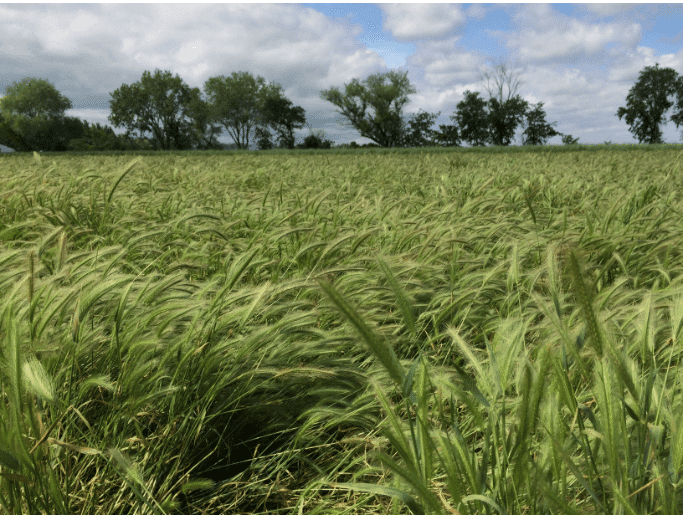
Alkali Barley
Hordeum depressum
This is an annual grass that grows between 1 to 2 feet tall. It is used for habitat restoration and as a cover crop. This grass prefers full sun and is typically found in grasslands, prairies, and di...
- Growing Region: Pacific Northwest, Intermountain West, California
- Blooms:
- Life Form: Grass
- Application Type: Land Reclamation
- Height: 0-1 ft
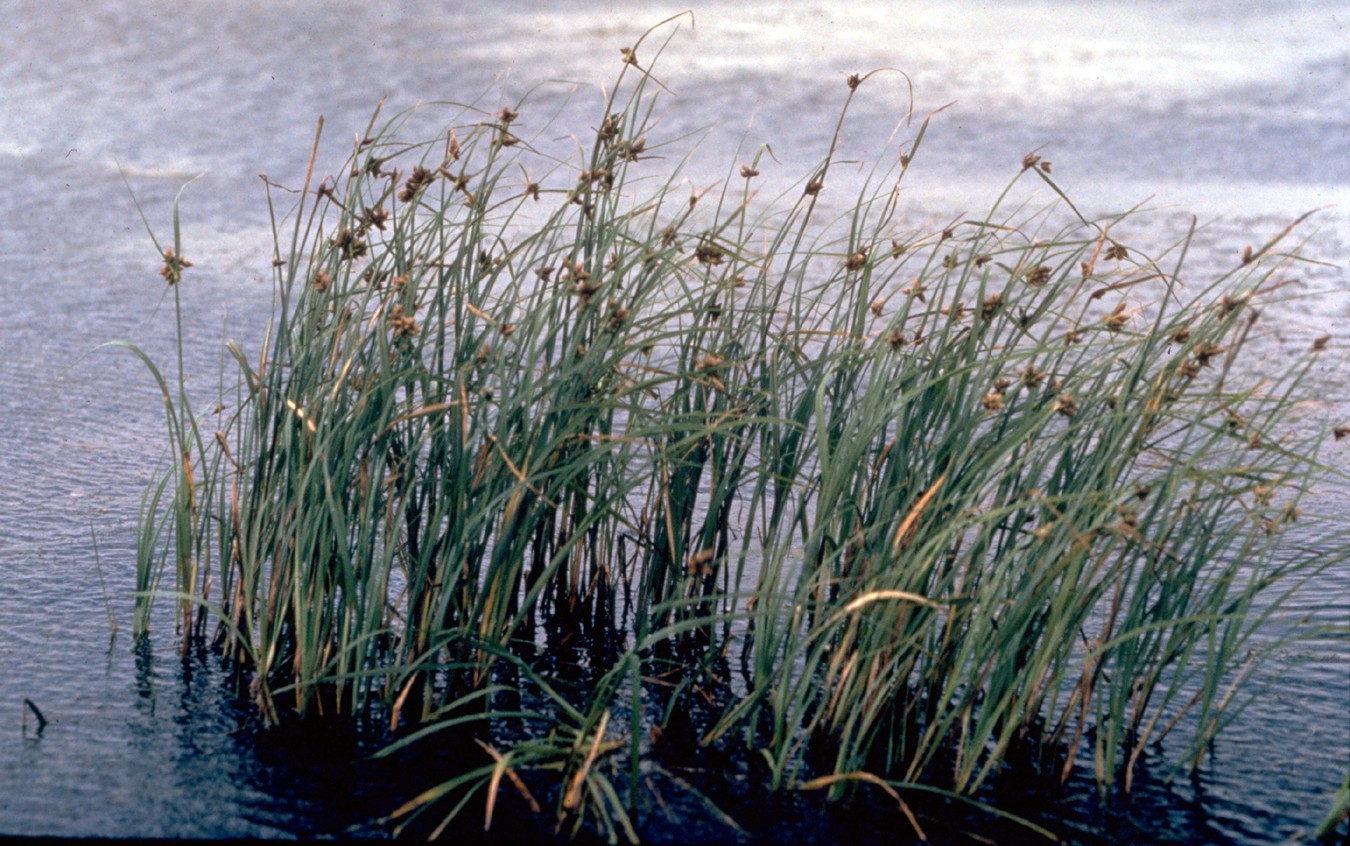
Alkali bulrush
Schoenoplectus maritimus
Cool season, stout, rhizomatous, native, grass-like perennial occurring in wet alkaline or saline soils in meadows, marshes or near waterways. Valuable for providing cover for waterfowl and shore bird...
- Growing Region: Pacific Northwest, California
- Blooms:
- Life Form: Grasslike
- Application Type: Land Reclamation
- Height: 1-3 ft
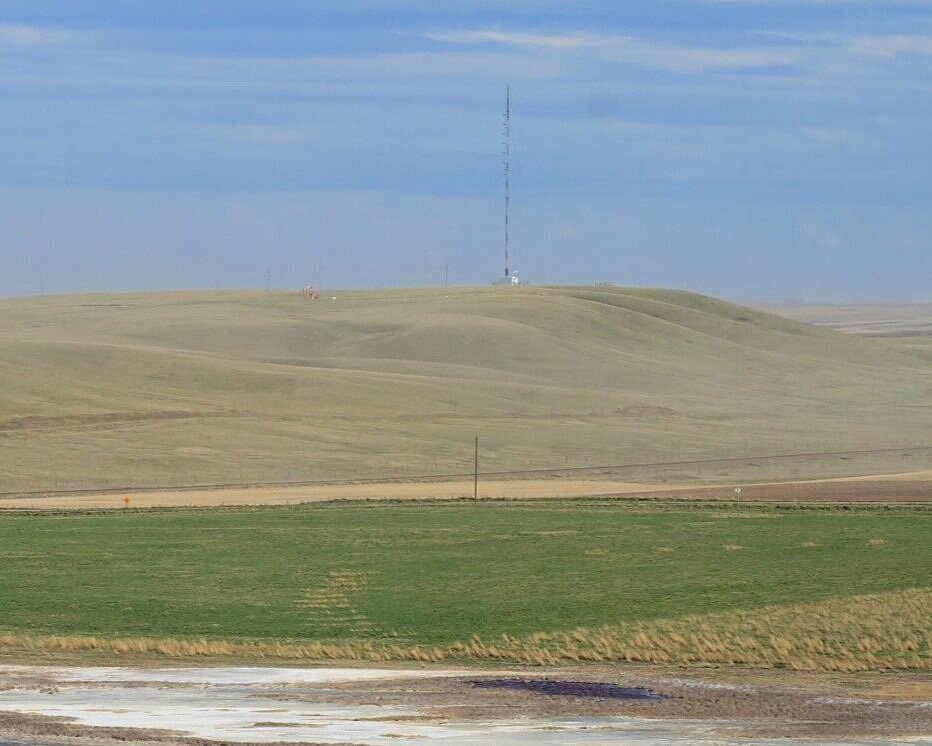
Alkaline Hay & Pasture Blend
n/a
A blend of grass species designed to grow in difficult alkaline soil conditions. Alkaline soils are typically high pH clays (≥ 8.5) with poor particle structure and low capacity for water infiltration...
- Growing Region: Pacific Northwest
- Blooms:
- Life Form:
- Application Type: Forage and Pasture, Cover Crop
- Height:

Alpine bluegrass
Poa alpina
Short, densely tufted, Cool season perennial bunchgrass adapted to subalpine and alpine slopes and meadows. Wide variety of soils from clay to gravel. Leaves form a dense mat providing good soil cover...
- Growing Region: Intermountain West, Pacific Northwest
- Blooms:
- Life Form: Grass
- Application Type: Land Reclamation
- Height: 0-1 ft
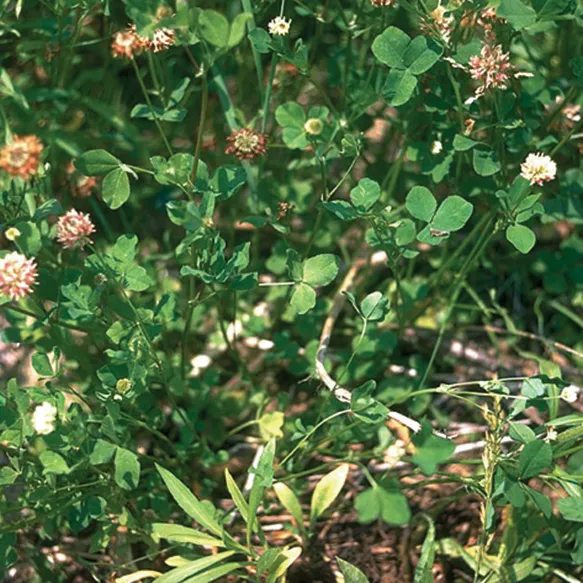
Alsike clover
Trifolium hybridum
Medium statured, relatively short-lived nitrogen-fixing perennial legume with pale pink to white flowers. Not a hybrid, despite its name. Adapted to a wide range of soil types, including sites too aci...
- Growing Region: Midwest, Southeast, Intermountain West, Southwest, Pacific Northwest
- Blooms: Spring, Summer, Fall
- Life Form: Legume
- Application Type: Forage and Pasture, Cover Crop
- Height: 1-4 ft
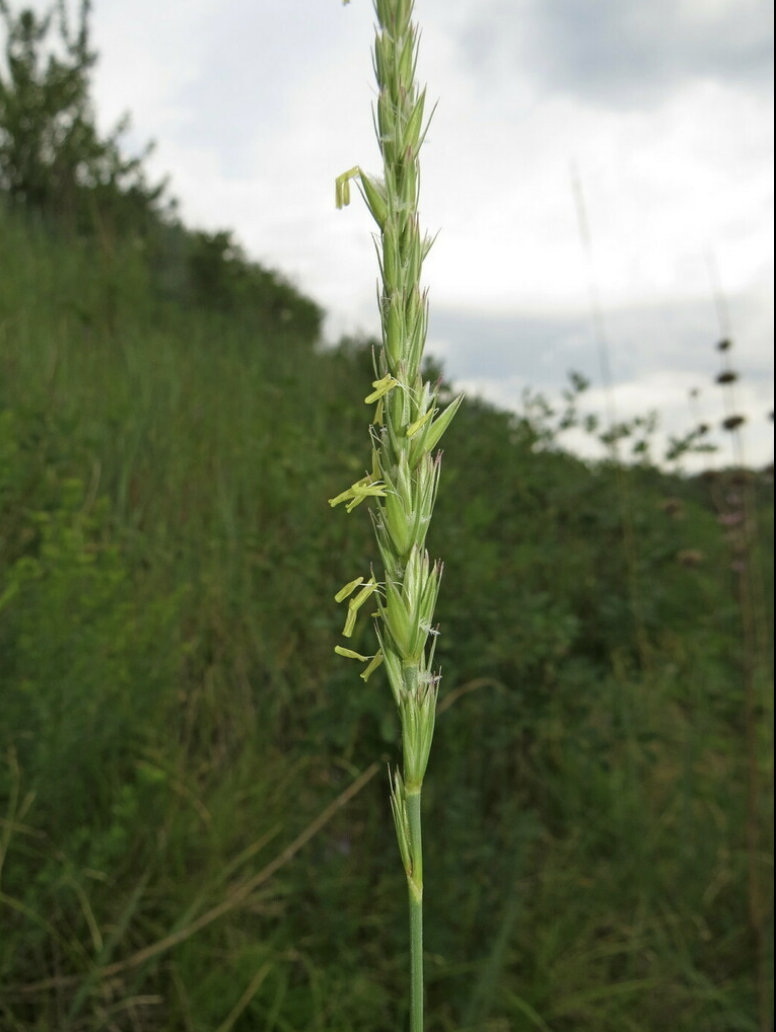
Altai wildrye
Leymus angustus
Formerly Elymus angustus. Robust, Cool season, long-lived, perennial bunchgrass with short creeping rhizomes. Well adapted to loam and clay soils, drought tolerant and extremely salt and alkaline resi...
- Growing Region: Pacific Northwest, Intermountain West
- Blooms:
- Life Form: Grass
- Application Type: Erosion Control, Land Reclamation
- Height: 1-4 ft
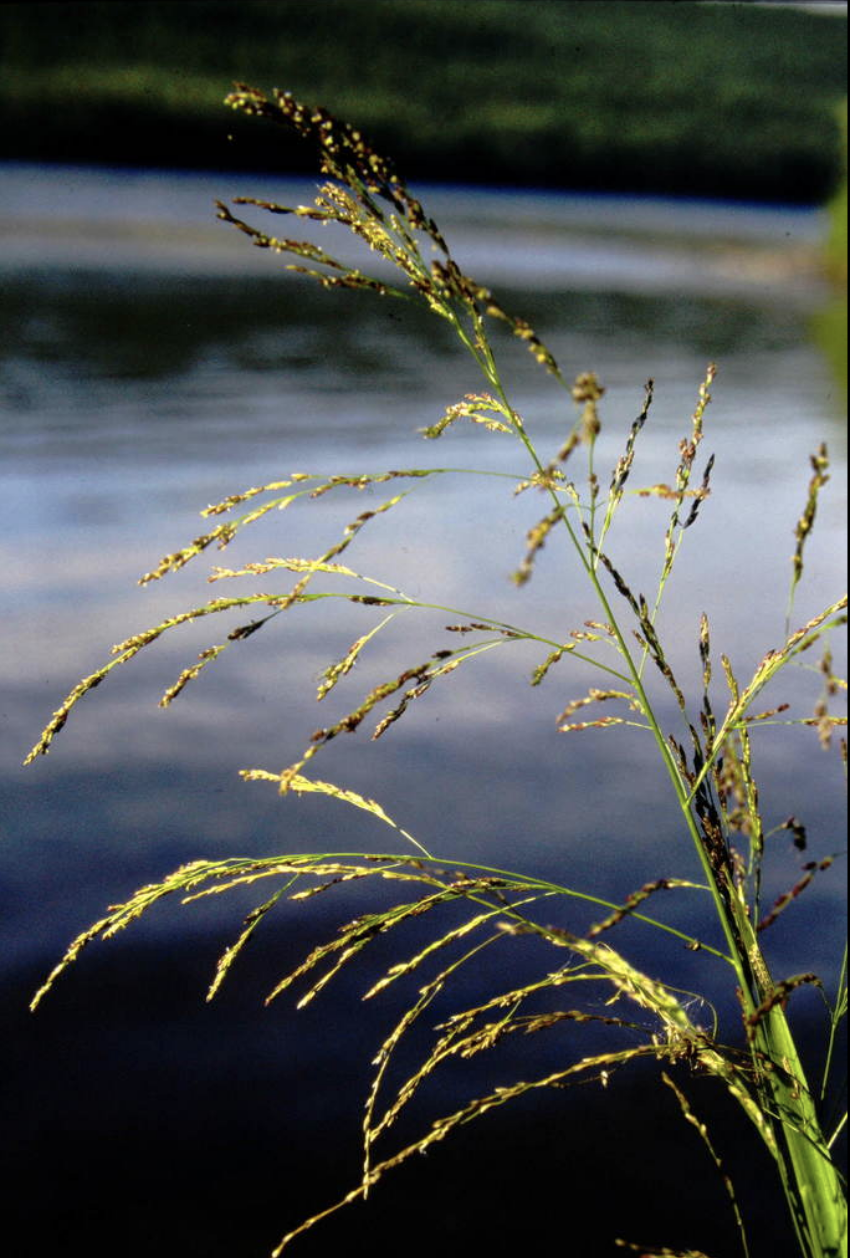
American mannagrass
Glyceria grandis
Cool season, rhizomatous, native perennial that occurs in wetlands, streambanks, marshes and ditches. Requires wet to moist soils; withstands periods of submersion. Grows rapidly. Important wetland fo...
- Growing Region: Pacific Northwest, Southeast
- Blooms:
- Life Form: Grass
- Application Type: Land Reclamation
- Height: 1-3 ft
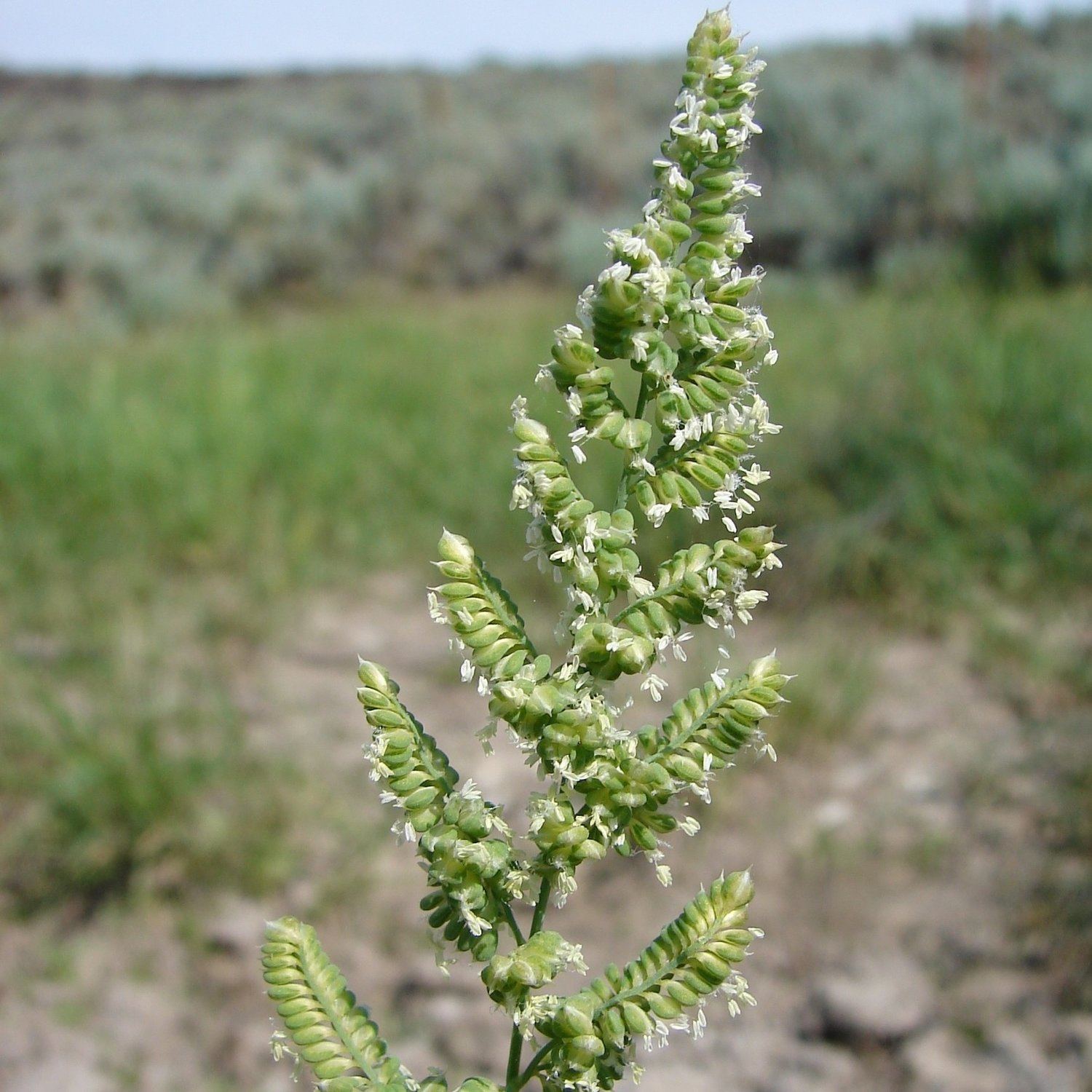
American sloughgrass
Beckmannia syzigachne
Cool season, robust annual or short-lived perennial that may develop short rhizomes. Commonly occurs on wet sites such as ponds, swamps, ditch banks, shallow marshes and sloughs. Prefers clay soils; t...
- Growing Region: Pacific Northwest, Intermountain West, Midwest
- Blooms:
- Life Form: Grass
- Application Type: Erosion Control, Land Reclamation, Forage and Pasture
- Height: 1-3 ft
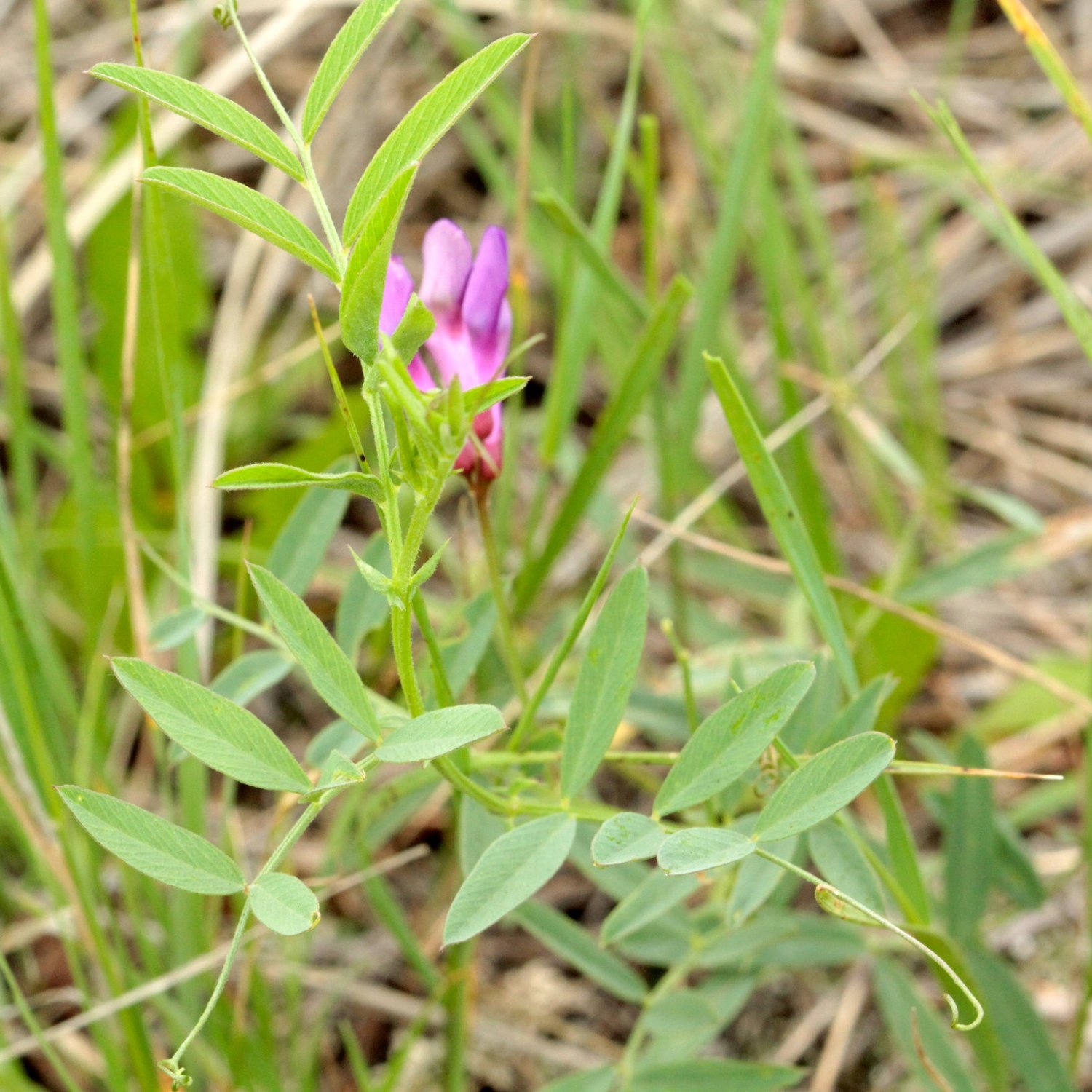
American vetch
Vicia americana
Moderate water requirements, full sun to partial shade. Bluish-purple flowers bloom April through July. Excellent palatability for wildlife and all classes of livestock. Native rhizomatous climbing pe...
- Growing Region: Midwest, Pacific Northwest
- Blooms: Spring, Summer
- Life Form: Forb
- Application Type: Land Reclamation
- Height: 0-1 ft
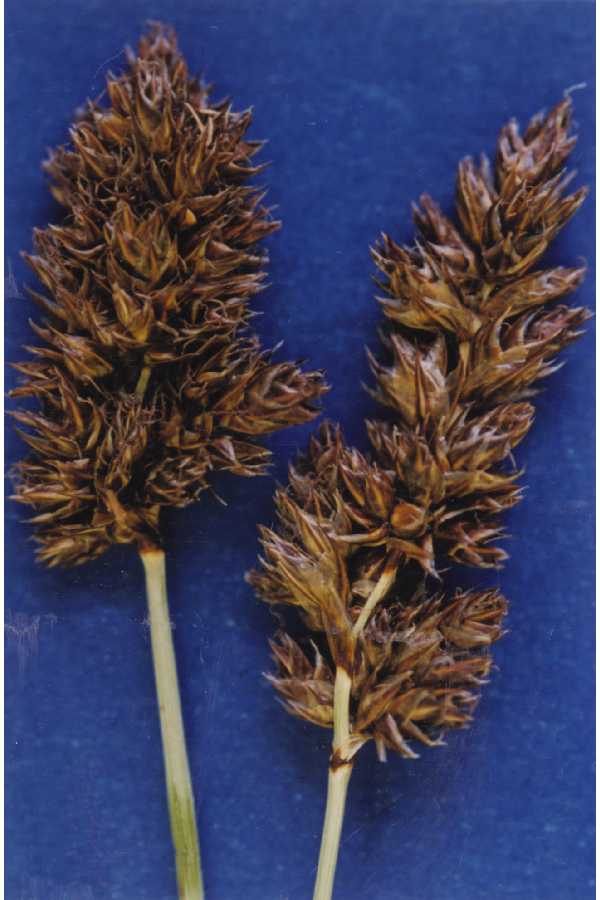
Analogue sedge
Carex simulata
Cool season, rhizomatous, native perennial grasslike common in many western states. Occurs in saturated soils of wet meadows and springs, from foothills to moderate elevations up to 9,000 ft. Often fo...
- Growing Region: Intermountain West, Pacific Northwest
- Blooms:
- Life Form: Grass
- Application Type: Land Reclamation
- Height: 1-3 ft
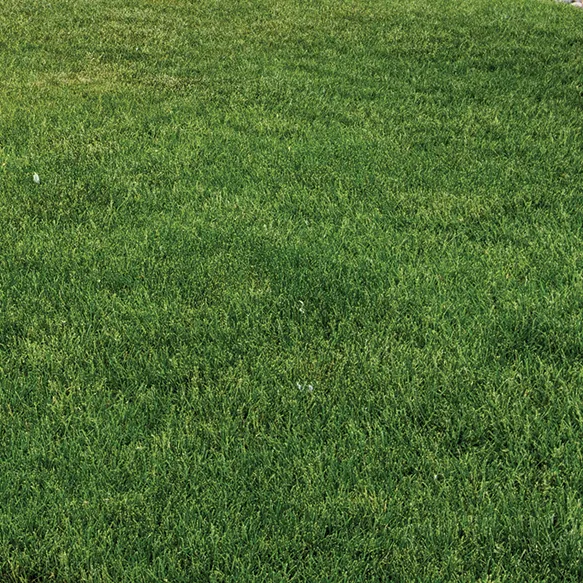
Annual ryegrass
Lolium perenne ssp. multiflorum
Formerly Lolium multiflorum. Cool season, annual bunchgrass adapted to many sites where adequate water is available. Establishes quickly and easily. Highly palatable to livestock and wildlife. Excelle...
- Growing Region: Intermountain West, Pacific Northwest, Midwest, Southeast, California
- Blooms:
- Life Form: Grass
- Application Type: Commercial Beautification, Erosion Control, Land Reclamation, Turf, Forage and Pasture
- Height: 1-3 ft
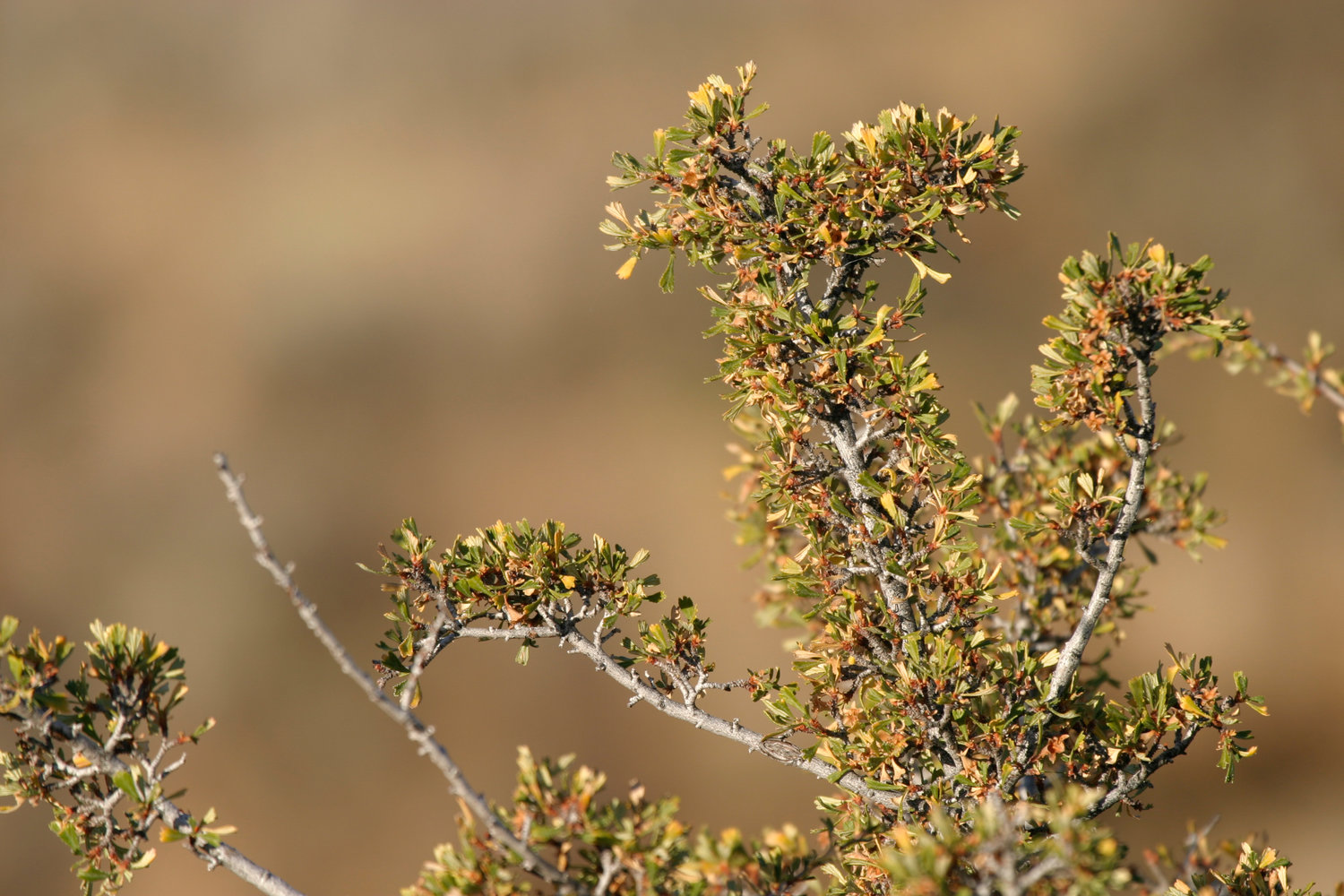
Antelope bitterbrush
Purshia tridentata
Moderate to deeply taprooted evergreen shrub 2-10 ft. tall with small yellowish flowers, blooming April to August. Adapted to a wide variety of well-drained soils, slightly acidic to basic, often deep...
- Growing Region: Intermountain West, Southwest, Pacific Northwest, California
- Blooms: Spring
- Life Form: Shrub
- Application Type: Land Reclamation
- Height: 4+ ft
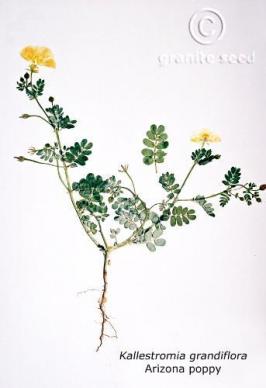
Arizona poppy
Kallstroemia grandiflora
Sprawling summer native annual with golden orange-yellow flowers, blooming July to October after desert monsoons. Quick germination when moisture is available. Found along roadsides, sandy washes, mes...
- Growing Region: Pacific Northwest, Southwest, Intermountain West, Midwest
- Blooms: Summer, Fall
- Life Form: Forb
- Application Type: Land Reclamation
- Height: 1-3 ft
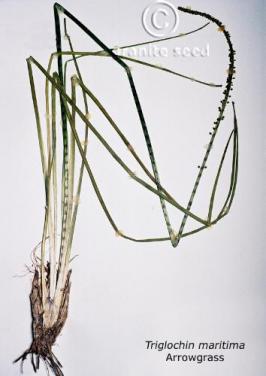
Arrowgrass
Triglochin maritima
Cool season, perennial grasslike species that occurs in saline and alkaline marshes, peat lands, plains and basins at low to middle elevations. Frequently grows with sedges and grasses but is often ov...
- Growing Region: Pacific Northwest, California, Intermountain West
- Blooms:
- Life Form: Grass
- Application Type: Land Reclamation
- Height: 1-2 ft
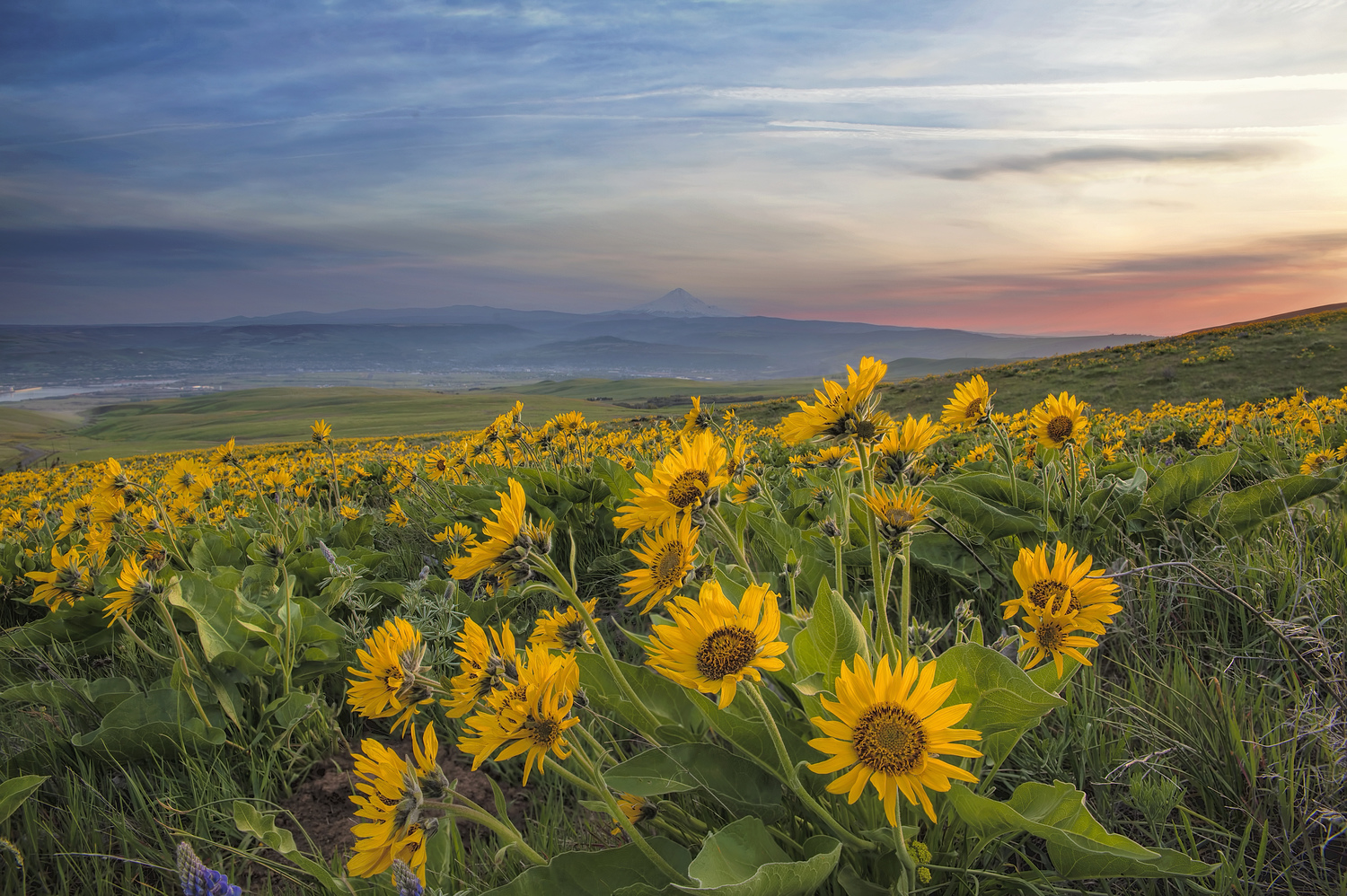
Arrowleaf balsamroot
Balsamorhiza sagittata
Drought tolerant, long-lived perennial native with yellow sunflower-like flowers, blooming April to July. Deep, thick taproot tolerant of fire, grazing, trampling and drought; seedlings slow to establ...
- Growing Region: Pacific Northwest, Intermountain West, California
- Blooms: Spring, Summer
- Life Form: Forb
- Application Type: Land Reclamation
- Height: 1-3 ft